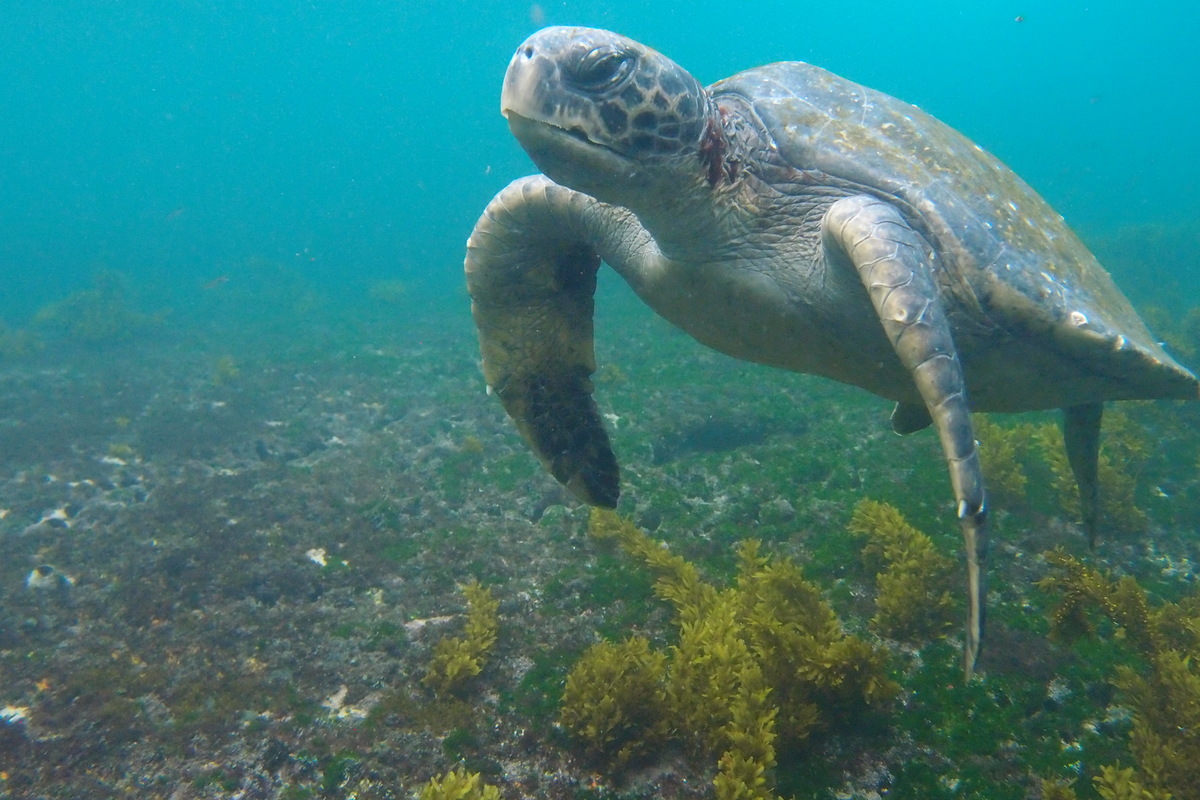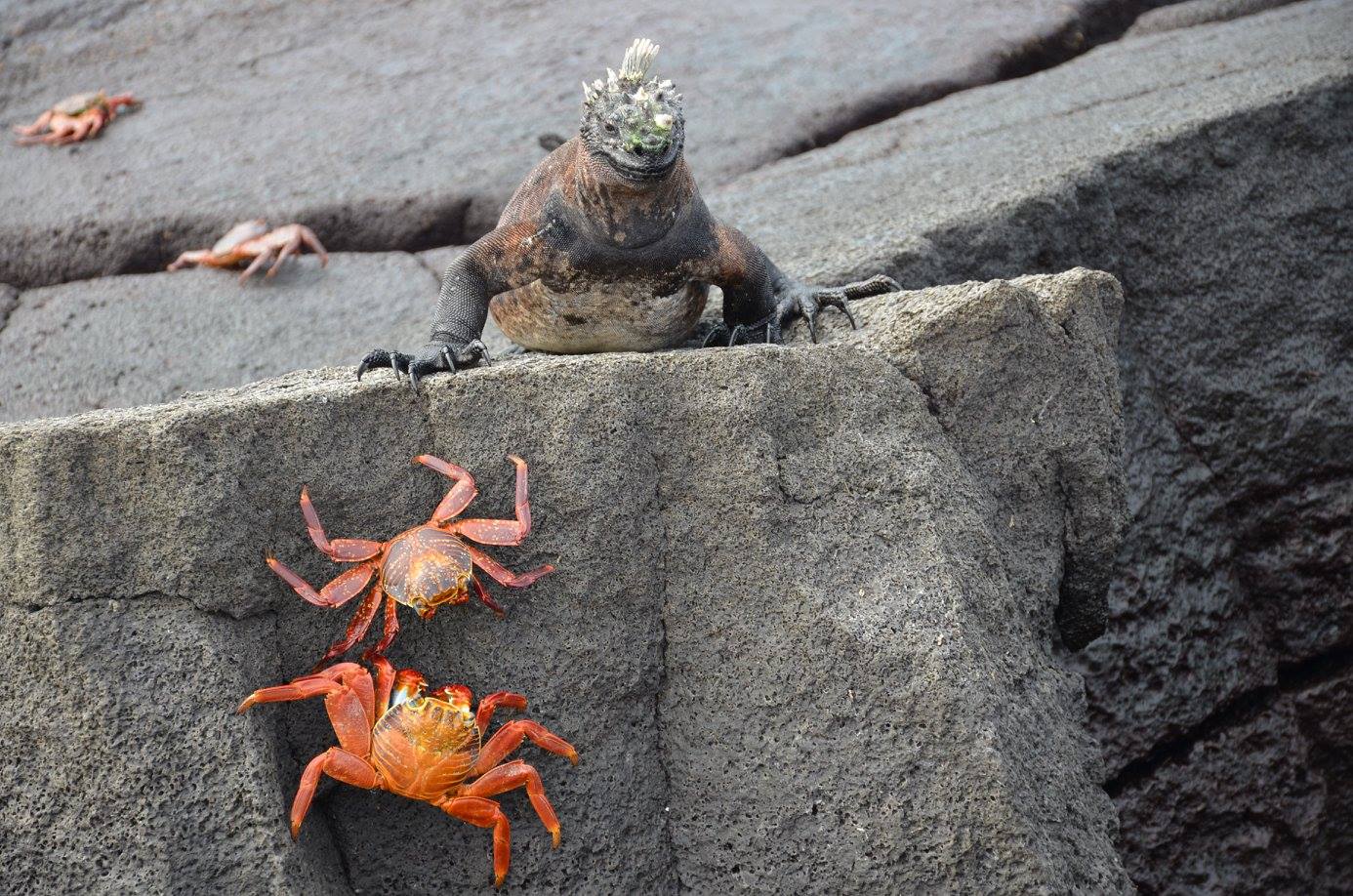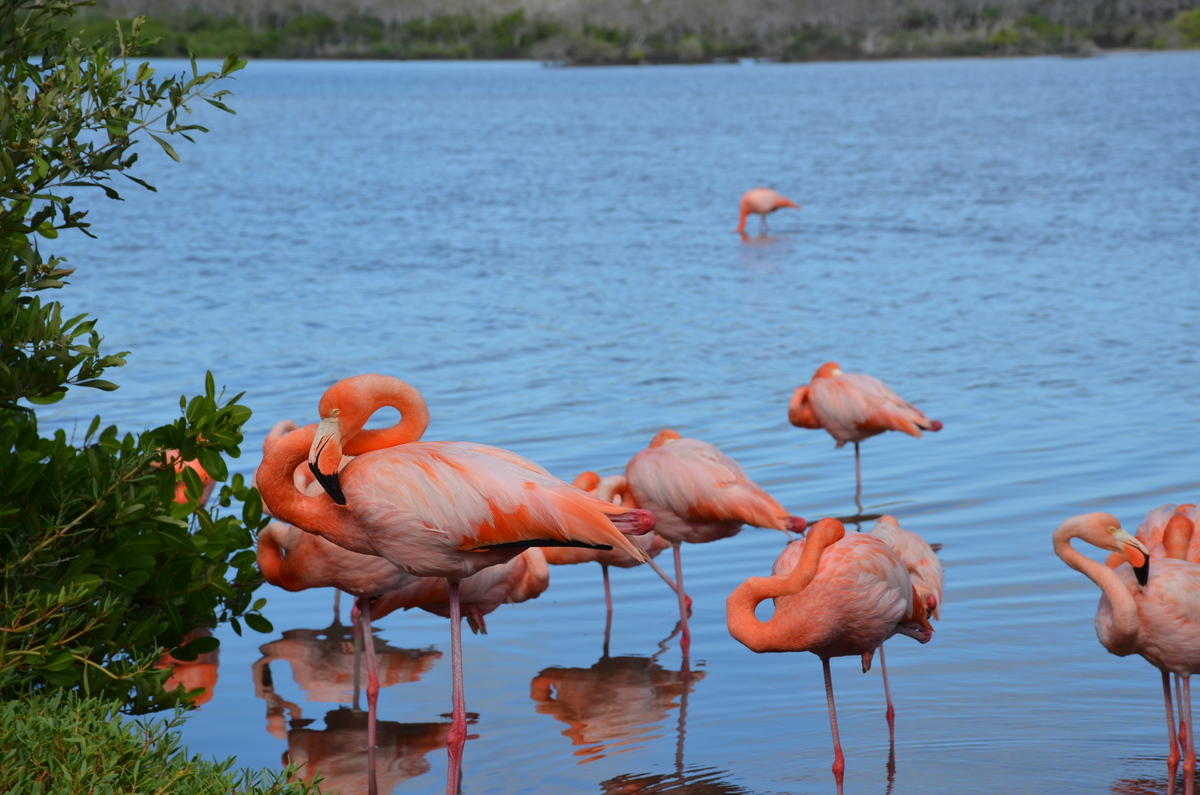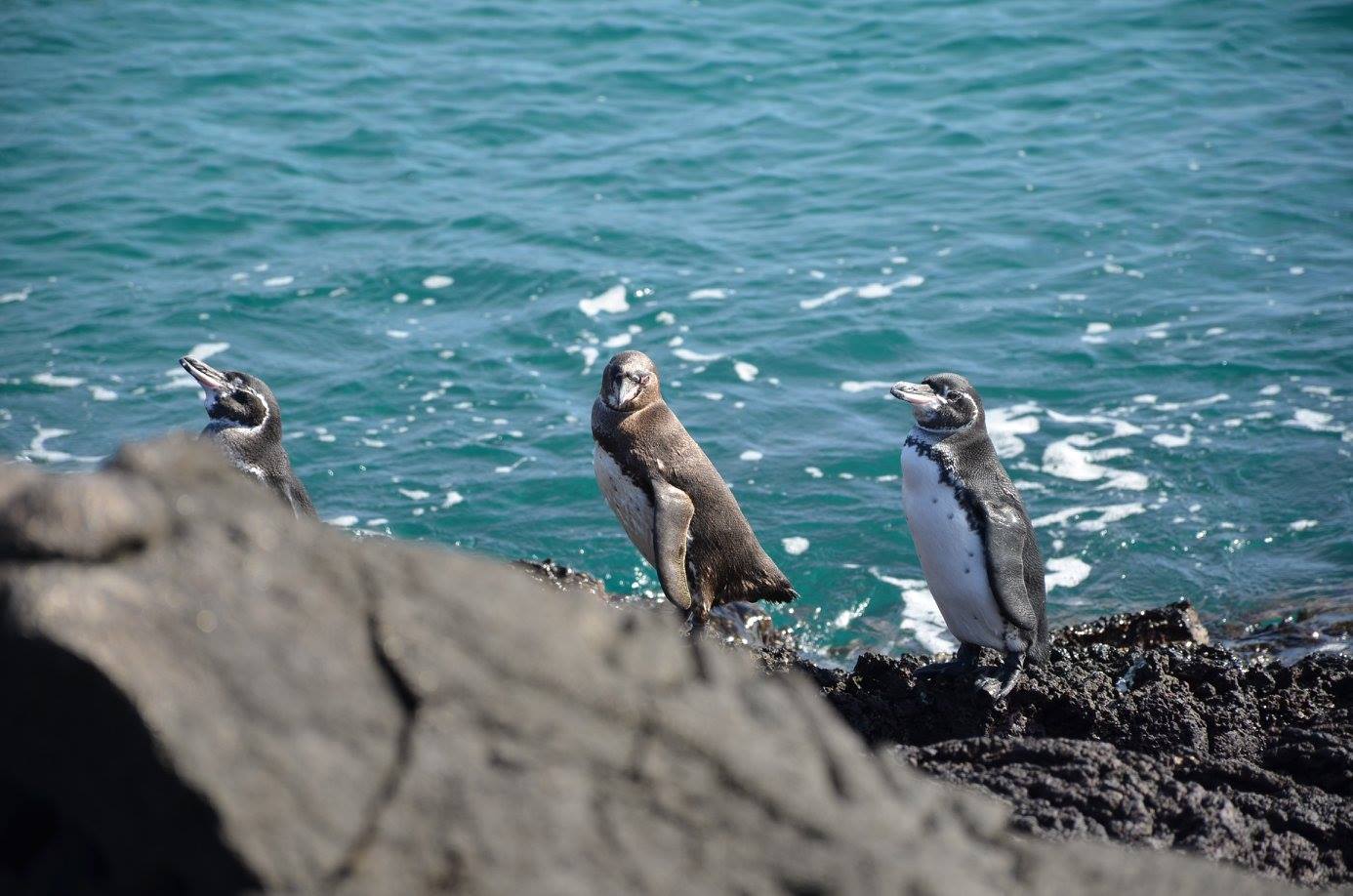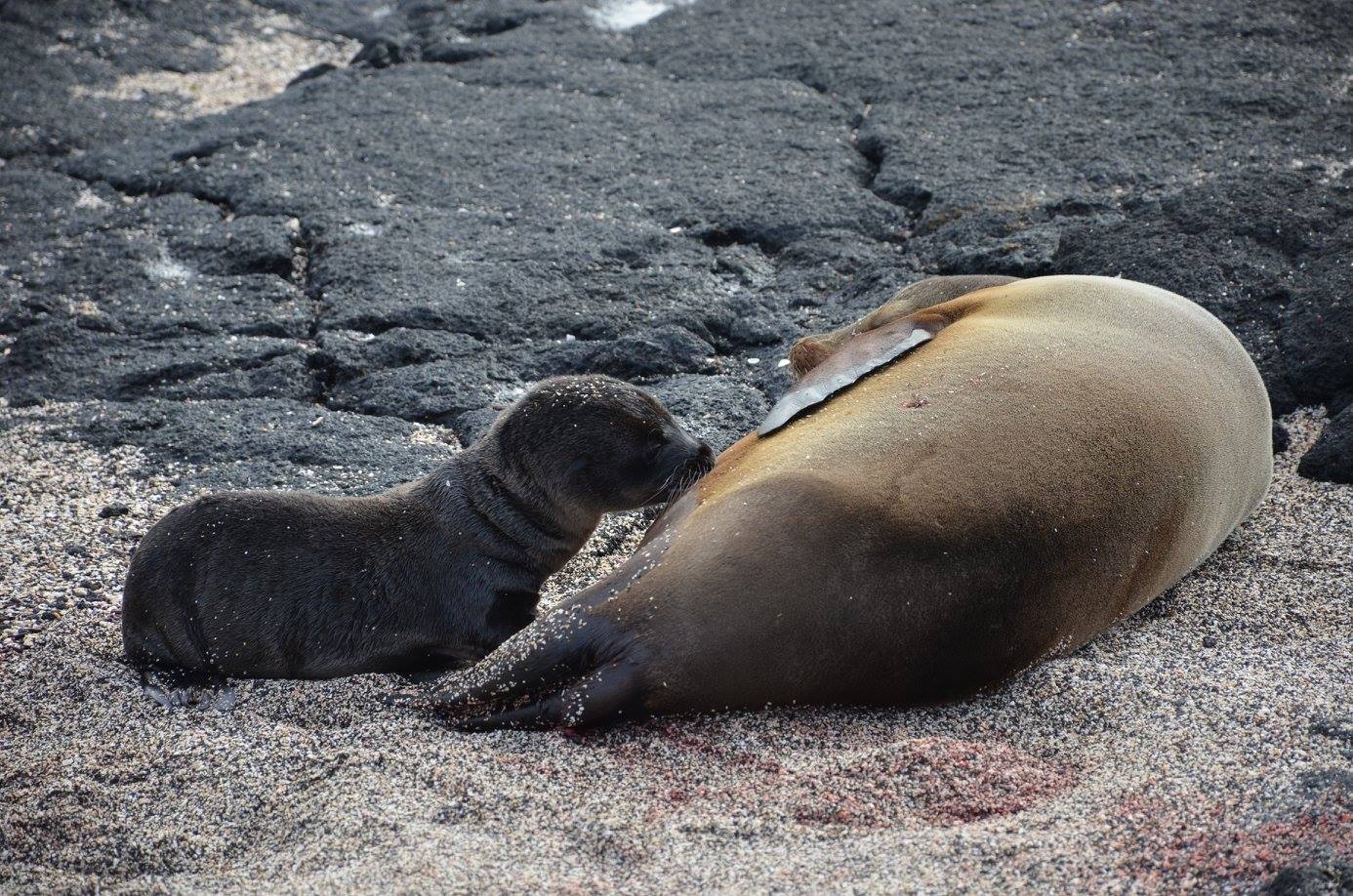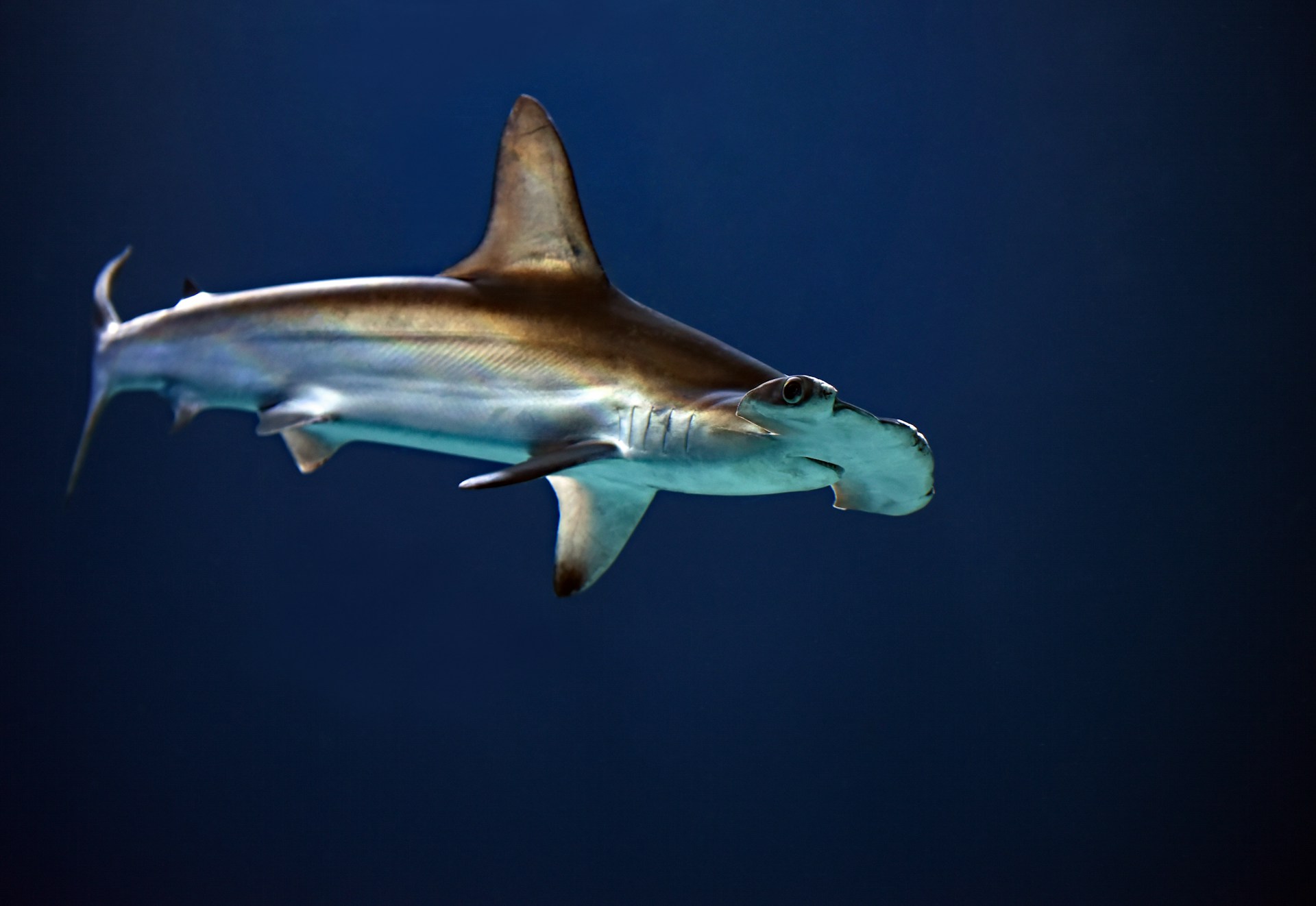Quito
Capital of the country and one of the continent's most beautifully preserved colonial cities.
Cotopaxi volcano
One of the world's most photogenic volcanoes! Visit the beautiful and eponymous park.
Otavalo
Charming town, full of indigenous culture and a famous market.
Mindo cloud forest
A birdwatcher paradise!
Coca
The gateway to the an immersive experience into Ecuador's pristine Amazon rainforest.
Banos
Charming town with a lovely square, wonderful nature around and capital of adrenaline sports (if you are so inclined).
Riobamba
A lovely town on the Avenue of volcanoes. Enjoy a 'hornado' (pig roast) al mercado La Merced.
The town is also the getaway for tours to Chimborazo volcano.
Cuenca
Beautiful Cuenca deserves a special mentions as it is one of the most beautiful colonial cities in the continent. The lovely square is gorgeous and the whole city is welcoming and friendly. Go and visit the outdoor flower market for an injection of colour!
Guayaquil
Often overlooked, Guayaquil is mainly an arrival or departure point. However, the malecon is worth having a walk on, and La Penas is the oldest and most pleasant part of the city.
The Galapagos Islands
The Galápagos Islands are famed for their unique wildlife and role in Charles Darwin’s theory of evolution. They are located about 1,000 km (620 miles) off Ecuador’s coast, they feature volcanic landscapes, pristine beaches, and diverse ecosystems. Iconic species include giant tortoises, marine iguanas, blue-footed boobies, and Galápagos penguins. The islands offer a rare glimpse of nature’s adaptability in an isolated paradise and should be on everyone's bucket list.

